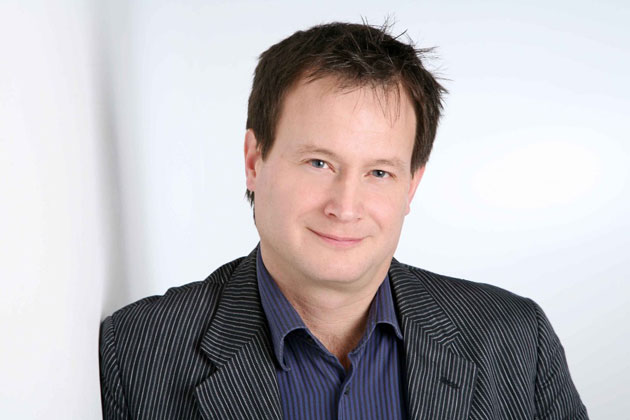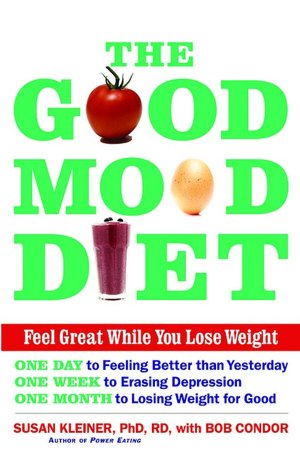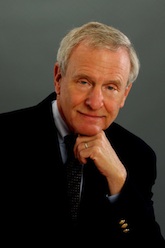There have been a whole mess of books lately offering insight into and evidence of the interaction between the unconscious and conscious minds. Perhaps the best is Daniel Kahneman's Thinking: Fast and Slow, but there is also David Eagleman's Incognito: The Secret Lives of the Brain, Michael Gazzaniga's Who's in Charge?: Free Will and the Science of the Brain, Leonard Mlodinow's Subliminal: How Your Unconscious Mind Rules Your Behavior, or Jonathan Haidt's The Righteous Mind: Why Good People Are Divided by Politics and Religion. Essentially, all of these books argue in lesser of greater degrees that our conscious mind is little more than a small man trying to ride bareback on an elephant, Haidt's metaphor for the unconscious mind.
The article included here (free PDF download at the SSRN site) argues that the unconscious mind is entirely irrational or emotionally-based - the present evidence for a rational unconscious agent, part of a multi-rationality model of conscious/unconscious interaction.
Aïleen Lotz
Cerca Trova, BP 114, 38001 Grenoble Cedex 1, France
Pierre Gosselin
Institut Fourier, UMR 5582 CNRS-UJF, Université Grenoble I, BP 74, 38402 St Martin d’Hères, France
February 15, 2012
Abstract: This paper advocates that some limits of the rational agent hypothesis result from the improper assumption that one individual should be modeled as a single rational agent. We model an individual composed of two autonomous and interacting structures, conscious and unconscious. Each agent utility form depends both on external signals and other structures' actions. The perception of the signal depends on its recipient and its grid of interpretation. We study both the static and dynamic version of this interaction mechanism. We show that the dynamics may display instability, depending on the structures interactions' strength. However, if unconscious has a strategic advantage, greater stability is reached. By manipulating other structures' goals, the strategic agent can lead the whole system to an equilibrium closer to its own optimum. This result shows that some switch in the conscious' objective can appear. Behaviors that can't be explained with a single utility can thus be rational if we add a rational unconscious agent. Our results justify our hypothesis of a rational interacting unconscious. It supports the widening of the notion of rationality to multi-rationality in interaction.
Citation:
Lotz, A. and Gosselin, P. (2012, Feb 15). A Dynamic Model of Interactions between Conscious and Unconscious. Available at SSRN: http://ssrn.com/abstract=2006085Here is a small excerpt from the Introduction:
It is assumed that individuals are, most of the time, driven by their emotions, and, ultimately, their unconscious. The action being irrational, so is the unconscious, and so is the agent.
If the unconscious is indeed irrational, nothing can be said about it, and we must reduce ourselves to sum the list of its behaviors. If we are to understand anything about the unconscious, we have to suppose him to be, at least partly, rational : we must endow him with all the attributes of the rational agent, in the economic sense of the term. Besides, this is what Browning and Chiappori results tend to prove. The question therefore is not to know whether the unconscious is rational or not, but rather in what respect his rationality differs from the conscious’ rationality.
Note that utility optimization, possibly including some forecatings, has already successfully modeled (unconscious) automatic behavior, for example in the motor or visual system4 . These results con…rm that economics is relevant to explain unconscious neural processes. Yet similar models for conscious decision making, and, more generally, non automatic processes, have been highly criticized. The main criticism is that they should include some unconscious phenomena. It advocates the use of partial rationality to describe seemingly unrational, or sudden switches in, choices.
For example, a well know anomaly is described by the following situation: In a restaurant, a consumer can choose chicken or beef. He orders chicken. But when the waiter suggests a third dish, …sh, the consumer orders beef. This exemplify the independence of irrelevant alternatives. Some choices, even when they may be rational, lack intelligibility.
In this paper we confront this problem by extending the range of the rational explanation. We advocate that some of the limits of the rational agent hypothesis result from an improper assumption: the fact that one individual should be modeled as a single rational agent. What can suffice to explain automatic processes should be extended for more complex tasks. It seems natural to postulate decision making not only involves the conscious individual but also some rational unconscious processes.




















